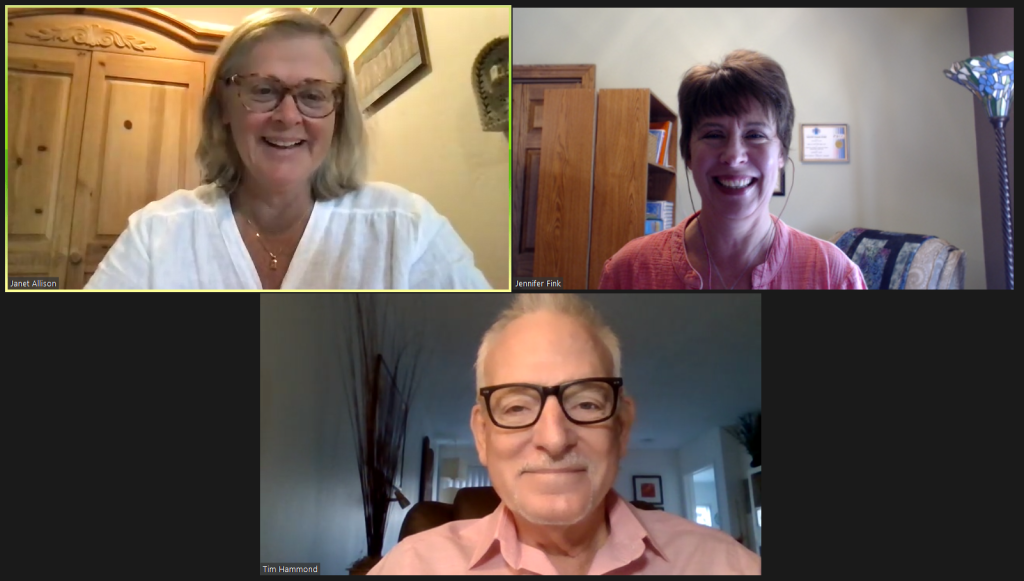Przejdź do trybu offline z Player FM !
Circumcision: Facts & Myths
Manage episode 431845526 series 2125047
Circumcision is a decision every boy parent must face – but what’s the truth behind the practice?
Let’s break down the facts and dispel the myths.
Culture & emotion influence circumcision rates
Surgical removal of the foreskin of the penis is incredibly common in some cultures & very rare in others. In the United States, approximately. 58% of male newborns are circumcised. But rates vary greatly by region – in the Midwest, it’s 74%; on the West coast, it’s 30%.
Globally, about 1 in 3 males are circumcised, with great variation across countries and continents. In Australia, the circumcision rate is 27%. In Germany, it’s 11%. Zimbabwe, 9.2%. Italy, 3%. Ireland, 1%. Uganda, 26.7%.
“The variation is really accounted for my cultural differences,” says Tim Hammond, executive director of the Genital Autonomy Legal Defense & Education Fund (GALDEF). He notes that circumcision is not recognized as healthcare in many countries — with some countries considering the procedure medically harmful. Myths, misinformation, superstition, and religion are often at the heart of the cultural reasons for circumcision.
“What I’ve learned in 35+ years of being involved in this issue is that it really comes down to an emotional decision,” Hammond says.
Circumcision isn’t medically necessary
Removal of the foreskin may confer some health benefits, including a reduced risk of urinary tract infections (UTIS), decreased risk of sexually transmitted infection (STIs), and a decreased risk of penile and cervical cancer.
However, there are other, less invasive ways for children to experience the same benefits, without undergoing surgical removal of the foreskin. Excellent hygiene can prevent many UTIs – and oral antibiotic treatment can easily treat UTIs. Consistent use of condoms during sexual activity can decrease the risk of STIs, including human papillomavirus (HPV), the virus that causes penile and cervical cancer. HPV vaccination can also prevent HPV infection.
Links we mentioned (or should have) in this episode:
Genital Autonomy Legal Defense & Education Fund (GALDEF)
Circumcision: Where We Stand — American Academy of Pediatrics
Aug. 3 Double Feature Documentary Screening: Nurses of St. Vincent: Saying No to Circumcision and Facing Circumcision: 8 Doctors Tell Their Stories
Circumcision: The Hidden Trauma, by Ronald Goldman
doctorsopposingcircumcision.com
Sponsor Spotlight: ByHeart
Get 10% off your first order using code ONBOYS at byheart.com
Sponsor Spotlight: Armoire
Clothing rental subscription that makes getting dressed easier. Visit armoire.style/ONBOYS to get up to 50% OFF your first month.
Jen in one of her favorite Armoire rentals
Our Sponsors:
* Check out Armoire: armoire.style/ONBOYS
* Check out IXL and use my code TODAY for a great deal: www.ixl.com
Advertising Inquiries: https://redcircle.com/brands
Privacy & Opt-Out: https://redcircle.com/privacy
349 odcinków
Manage episode 431845526 series 2125047
Circumcision is a decision every boy parent must face – but what’s the truth behind the practice?
Let’s break down the facts and dispel the myths.
Culture & emotion influence circumcision rates
Surgical removal of the foreskin of the penis is incredibly common in some cultures & very rare in others. In the United States, approximately. 58% of male newborns are circumcised. But rates vary greatly by region – in the Midwest, it’s 74%; on the West coast, it’s 30%.
Globally, about 1 in 3 males are circumcised, with great variation across countries and continents. In Australia, the circumcision rate is 27%. In Germany, it’s 11%. Zimbabwe, 9.2%. Italy, 3%. Ireland, 1%. Uganda, 26.7%.
“The variation is really accounted for my cultural differences,” says Tim Hammond, executive director of the Genital Autonomy Legal Defense & Education Fund (GALDEF). He notes that circumcision is not recognized as healthcare in many countries — with some countries considering the procedure medically harmful. Myths, misinformation, superstition, and religion are often at the heart of the cultural reasons for circumcision.
“What I’ve learned in 35+ years of being involved in this issue is that it really comes down to an emotional decision,” Hammond says.
Circumcision isn’t medically necessary
Removal of the foreskin may confer some health benefits, including a reduced risk of urinary tract infections (UTIS), decreased risk of sexually transmitted infection (STIs), and a decreased risk of penile and cervical cancer.
However, there are other, less invasive ways for children to experience the same benefits, without undergoing surgical removal of the foreskin. Excellent hygiene can prevent many UTIs – and oral antibiotic treatment can easily treat UTIs. Consistent use of condoms during sexual activity can decrease the risk of STIs, including human papillomavirus (HPV), the virus that causes penile and cervical cancer. HPV vaccination can also prevent HPV infection.
Links we mentioned (or should have) in this episode:
Genital Autonomy Legal Defense & Education Fund (GALDEF)
Circumcision: Where We Stand — American Academy of Pediatrics
Aug. 3 Double Feature Documentary Screening: Nurses of St. Vincent: Saying No to Circumcision and Facing Circumcision: 8 Doctors Tell Their Stories
Circumcision: The Hidden Trauma, by Ronald Goldman
doctorsopposingcircumcision.com
Sponsor Spotlight: ByHeart
Get 10% off your first order using code ONBOYS at byheart.com
Sponsor Spotlight: Armoire
Clothing rental subscription that makes getting dressed easier. Visit armoire.style/ONBOYS to get up to 50% OFF your first month.
Jen in one of her favorite Armoire rentals
Our Sponsors:
* Check out Armoire: armoire.style/ONBOYS
* Check out IXL and use my code TODAY for a great deal: www.ixl.com
Advertising Inquiries: https://redcircle.com/brands
Privacy & Opt-Out: https://redcircle.com/privacy
349 odcinków
Tất cả các tập
×Zapraszamy w Player FM
Odtwarzacz FM skanuje sieć w poszukiwaniu wysokiej jakości podcastów, abyś mógł się nią cieszyć już teraz. To najlepsza aplikacja do podcastów, działająca na Androidzie, iPhonie i Internecie. Zarejestruj się, aby zsynchronizować subskrypcje na różnych urządzeniach.







